Grazing cattle is a well-established practice, which isn’t too different from grazing small ruminants, like sheep and goats.
Sheep and goats are consuming feeds that are predominantly grain, maybe pellet or pre-mixed portions, or a TMR of silage, grain or distillers’ grain, or dry hay. Putting them out to pasture or on cover crops are great options to lower feed costs and get them out in the fresh air to roam around and eat that feed straight from the plant. When acting as the mechanical harvesters, grazing small ruminants will generally be more cost effective versus feeding in a lot.
Sheep and goats can get on pasture as soon as the snow melts and the grass greens up, which is usually beginning of May here in the Midwest.
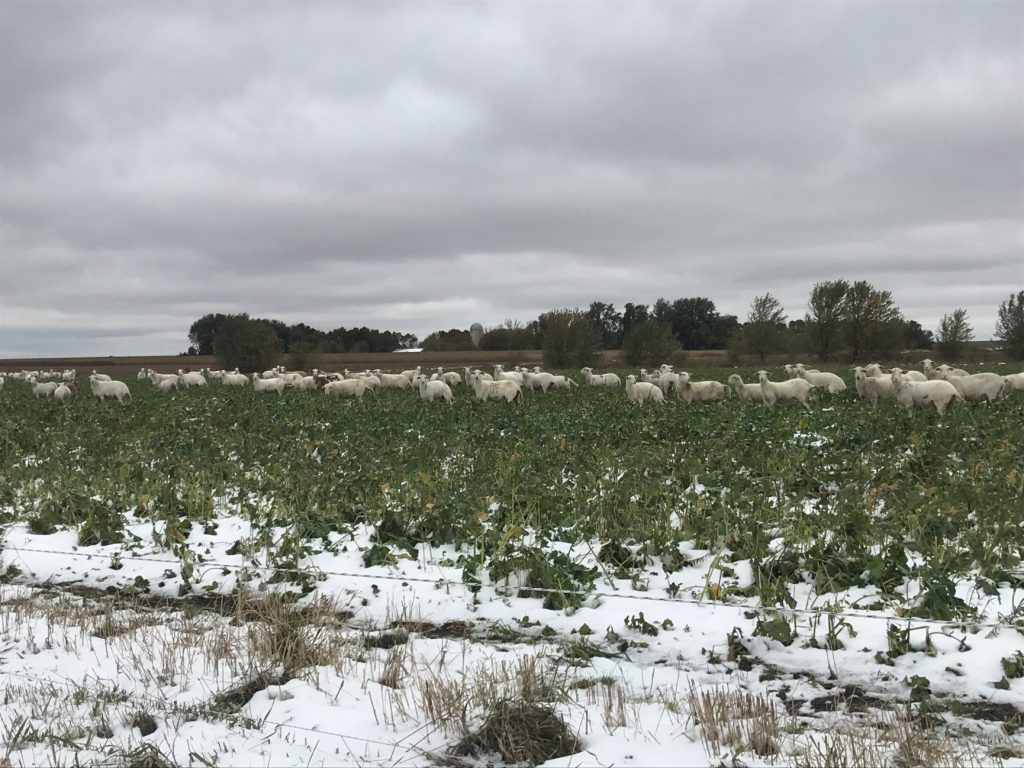
Keep in mind that cattle, sheep and goats will utilize different areas of the plant. It’s important to note, sheep and goats are more prone to taking the entire plant versus cattle, who generally consume the top third of the plant. By teaming up cattle, sheep and goats you’re able to utilize the entire plant. Keep in mind, if you have soil health and grassland goals, this may not be the best option for achieving such intentions, as you’ll want to keep more of that plant.
Health checks become a bit of a challenge when animals are out on pasture. Sheep and goats tend to be more of a flock or herd animal. When sheep or goats are separated or alone from the herd, you will know they could be injured, sick, or something is wrong.
Your breed will play a role in how well your sheep and goats do on pasture. PolyPay, Dorper, Hampshires, etc. sheep breeds and Boer, Spanish, etc. goat breeds will thrive on strictly pasture.
Beyond the breed, taking into consideration the time of year – breeding, gestation, lactation, or maintenance is important to know the feed they need to consume. In the breeding, gestation and lactation substituting feed will be important to give them the energy they need for this time. Usually late spring to early fall, when maintenance is low, having them on a grass pasture or cover crops will suffice.
Before breeding, grazing brassicas is an exceptional way for “flushing.” Flushing is giving a boost of high-quality forage right before breeding to spark the estrous cycle. Turn out your animals on covers 14 days before their estrous cycle for that extra push.
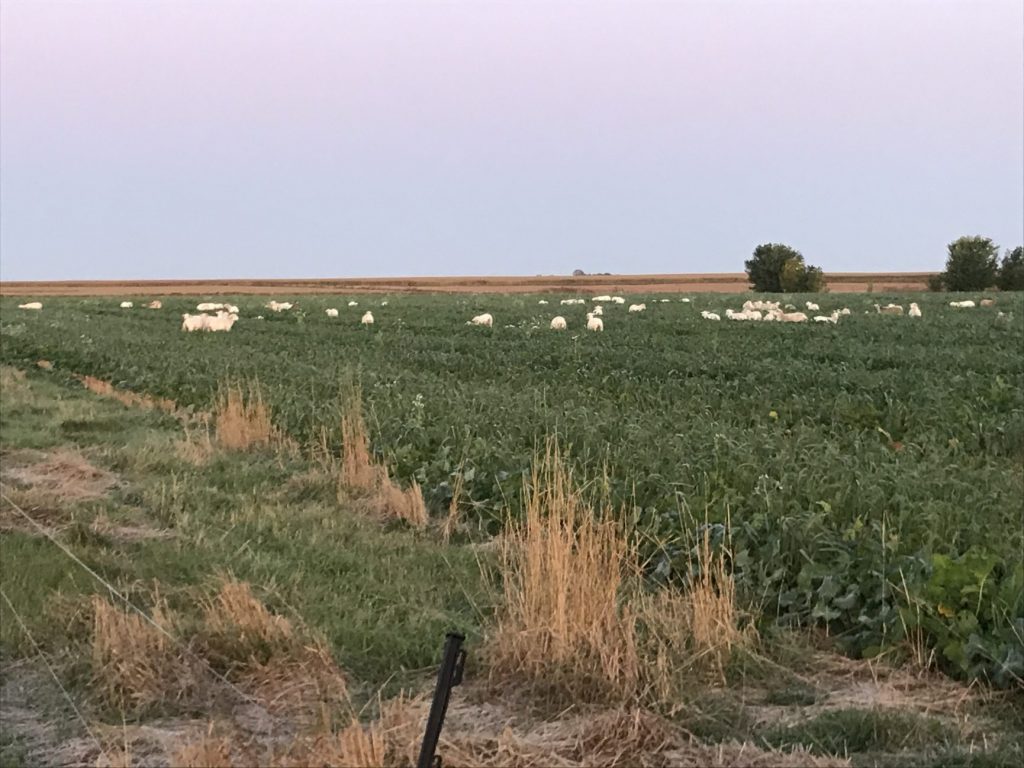
When comparing dairy and meat goats, continuing to cater to their nutritional needs is vital. Dairy goats need a higher quality of grasses to maintain their milk production. Meat goats are going to be weaned at 2 to 2 ½ months and they’re set to be put on standard pasture.
Your grazing days and frequency of rotating those animals will vary operation to operation. At Millborn Seeds, we’re able to help you determine these numbers. When determining animal unit numbers, there will be five sheep per animal unit and six goats per animal unit.
Grazing days will be based on what you are grazing, where you are grazing, and the number of acres that you have. Frequency of rotation will vary on the amount of plant growth you have, number of acres you are grazing, and what you’re grazing it with.
One of our Forage + Cover Crop Specialists, Alex Guttormsson, and his family run a small flock of club lambs in southwest Minnesota. For 22 years they have been grazing their flock on pasture and cover crops. After the ewes are dry from weaning in May, they are set out to graze until snow fall, while lambing in January and early February. Living in southwest Minnesota, finding enough pastureland turned into a challenge. To combat this, Alex recommends taking problem acres out of normal crop rotation, as they don’t produce well enough to maintain themselves, and plant a perennial or annual mix that can be better utilized with a higher return on investment.
Grazing sheep and goats will get those animals out in the fresh air to keep them moving and keep them healthy. If you have any further questions you’re welcome to call and chat with Alex Guttormsson at 605.697.6306.

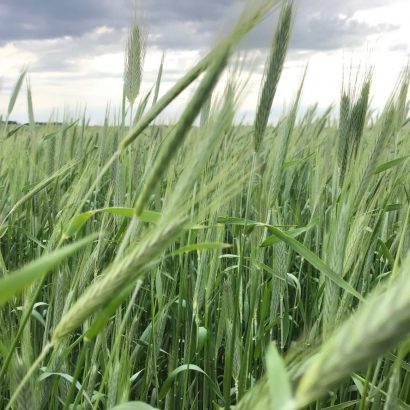
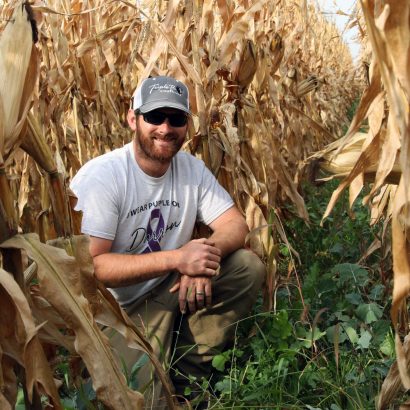
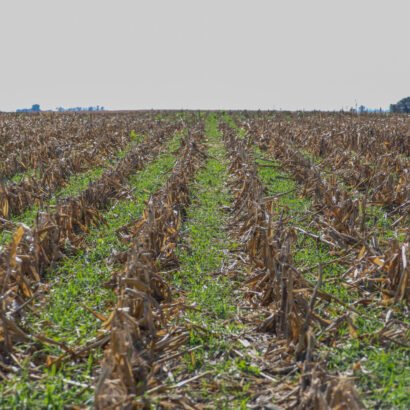
Discussion
0 Comments